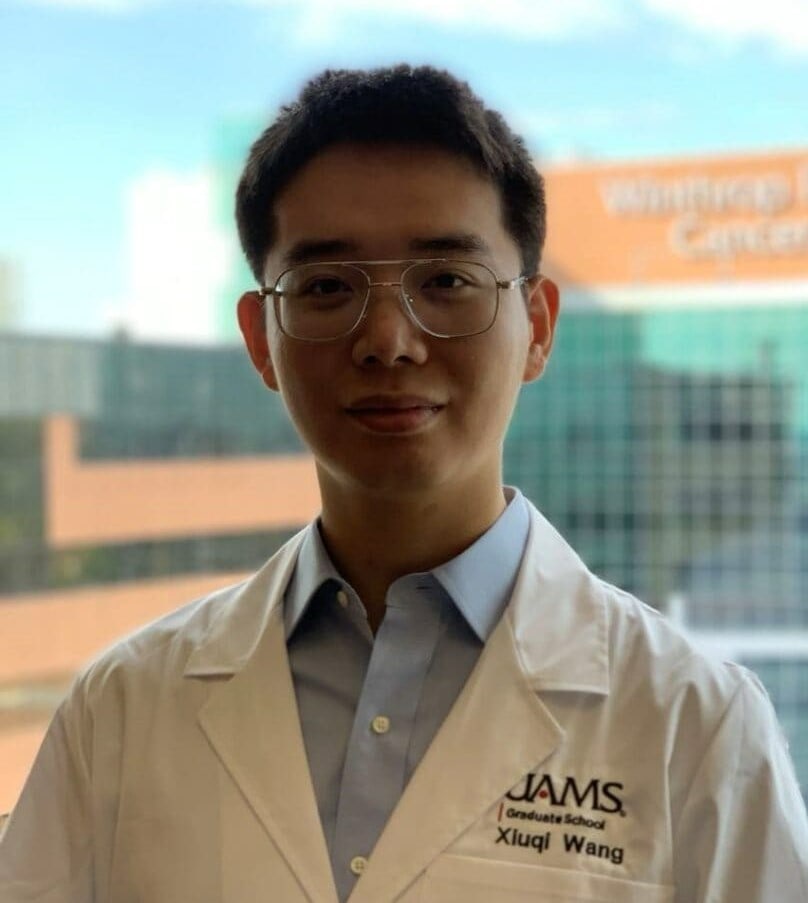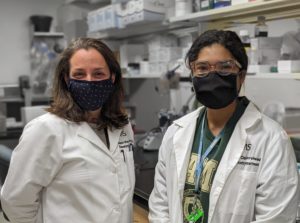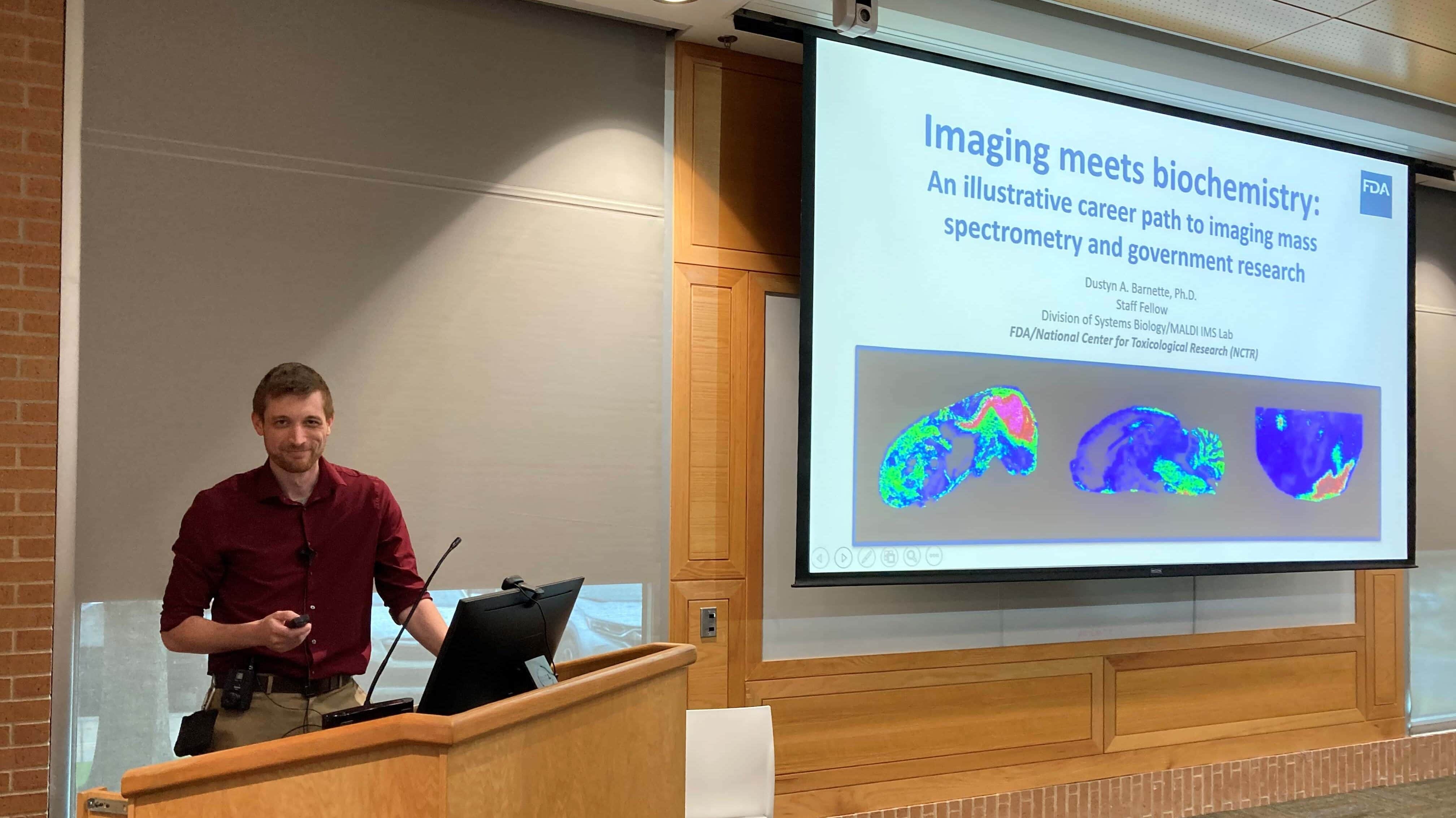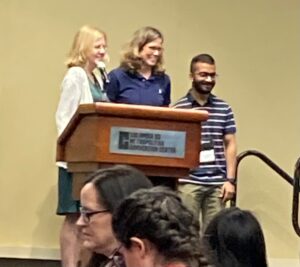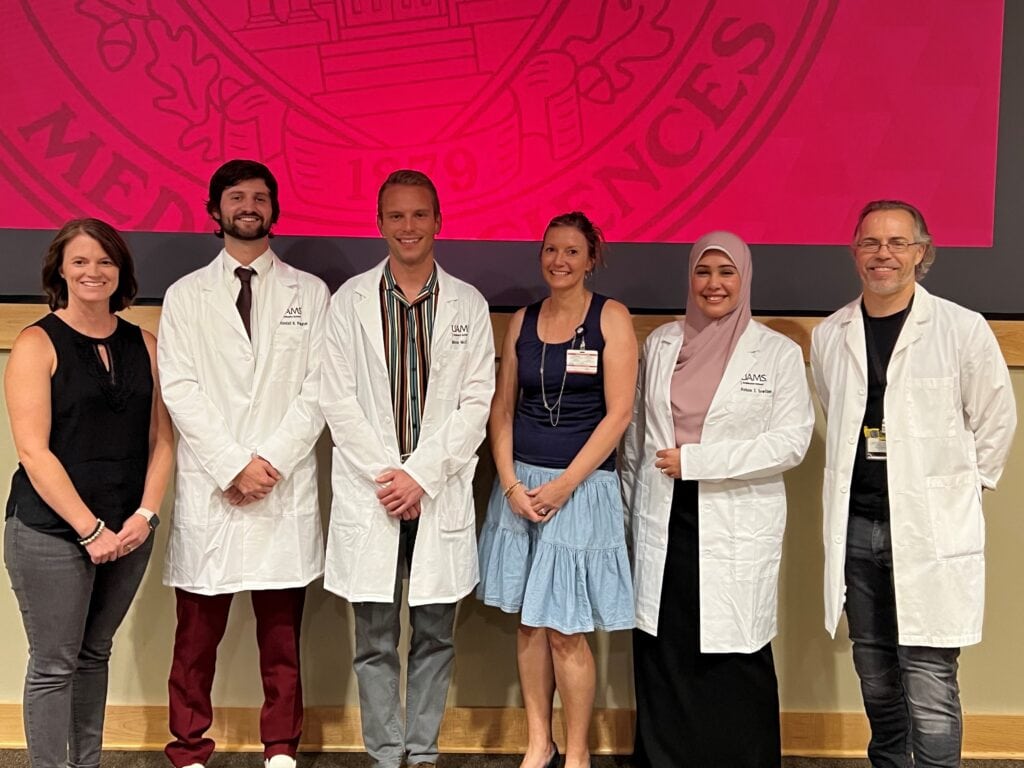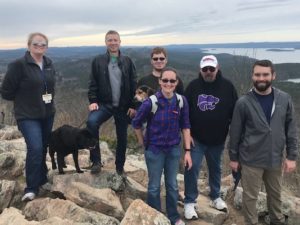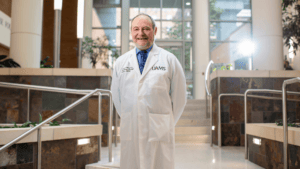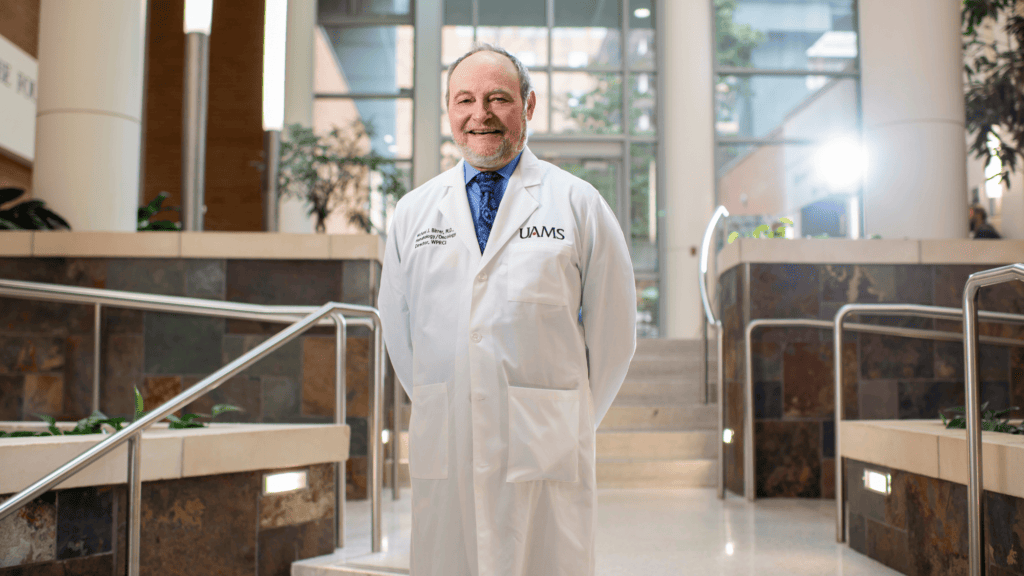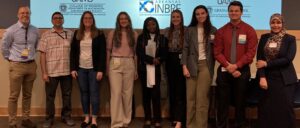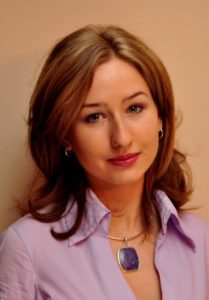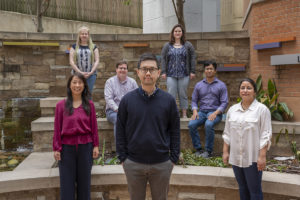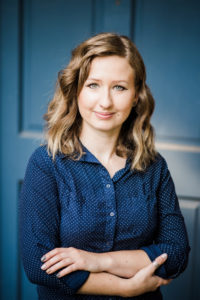
Alicja Urbaniak, Ph.D., will be presenting, “Trending in Science: How Social Media Can Enhance Your Career,” on Tuesday, Nov. 14, 1-2 p.m.
Dr. Urbaniak is a KL2 Mentored Research Career Development Award scholar and an instructor in the College of Medicine Department of Biochemistry and Molecular Biology. She is also an associate member of the Winthrop. P. Rockefeller Cancer Institute. Her research focuses on investigating the activity of compounds of natural origin and their derivatives as anti-cancer agents.
Dr. Urbaniak serves as an executive committee member and secretary of the Division for Drug Discovery and Development of the American Society for Pharmacology and Experimental Therapeutics (ASPET), and she is a member of the Partnerships Committee. Additionally, she is an editorial board member of the Journal of Biochemical and Molecular Toxicology.

